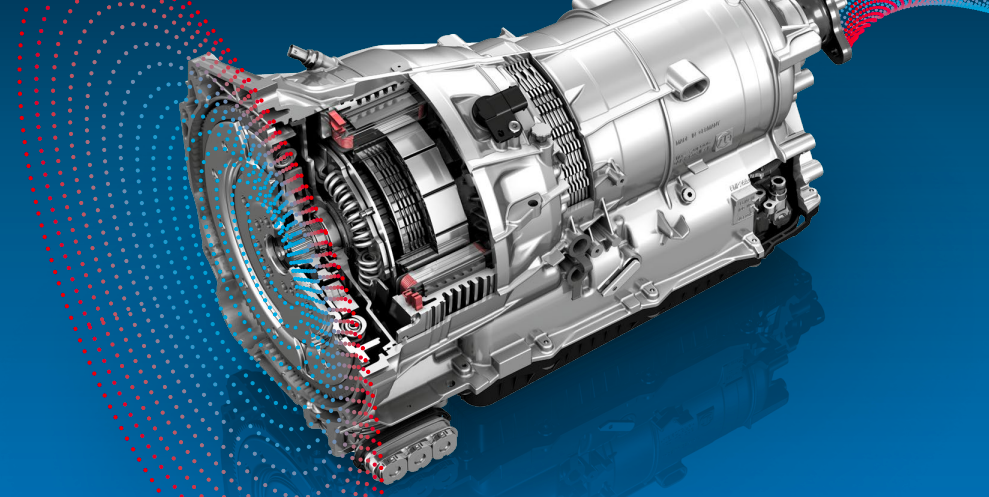Sure, but the brief hit you're taking is because the hp is less, not because of any specific gear ratio.
I agree with what you said. I think this is tomato vs tomahto at this point. Your logic is fine in a theoretical example. The problem here is that in reality, you can rarely design your gear ratios so the gear change doesn't cause a loss of power. In order for the gear change itself to not cause a loss of power, your RPM after the shift cannot cause you to land at an RPM on the dyno graph that has less power than where you left off in the previous gear. Manufacturers can rarely do this because it would be counterproductive to do things like have 8 shifts in a 1/4 mile. So what ends up happening is something like this:
In order to not have a loss of overall power delivery due to a gear change, you'd have to run each gear from only 6500 to 7500 RPM. In reality and depending on which shift we are talking about, you get more like the "Actual" range in the above. The part between 5400 and 6500 RPM is lower power than where you shifted from so you have less power because of the gear change... or more accurately, because you can't always pick optimal gears.
In addition, you have more frictional losses with a transmission (compared to an EV) so you lose a minimum of 5% power there plus some time lost with each gear change itself. So my point is still that: both ICE with transmissions and EVs both lose some efficiency up top. ICE loses some power over the run due to not being able to run the optimal RPM range in each gear while an EV may lose power due to decreasing efficiency of the motor at higher RPM... although that doesn't seem to be the case with the Plaid S. It just depends on how good the EV motor is to determine whether or not one is better than the other.
Mike



